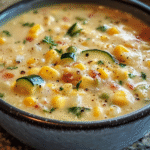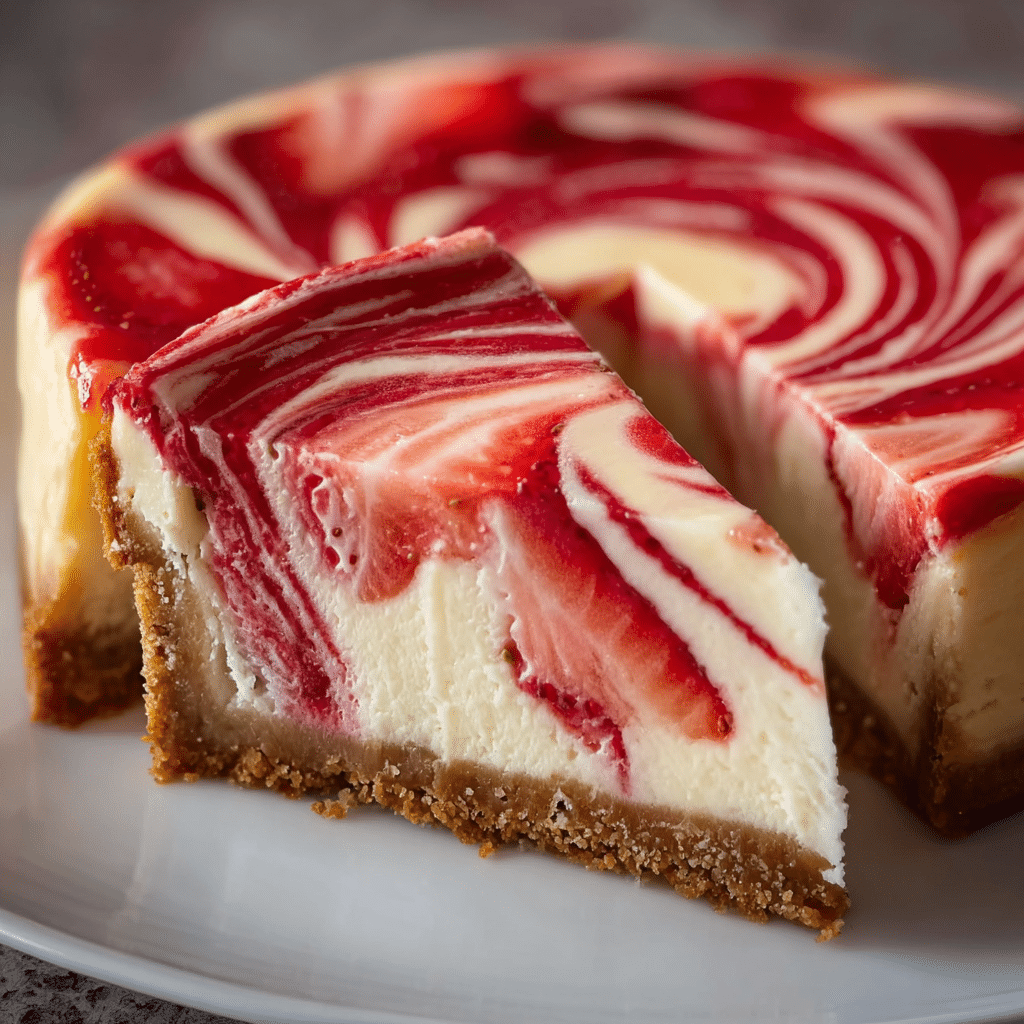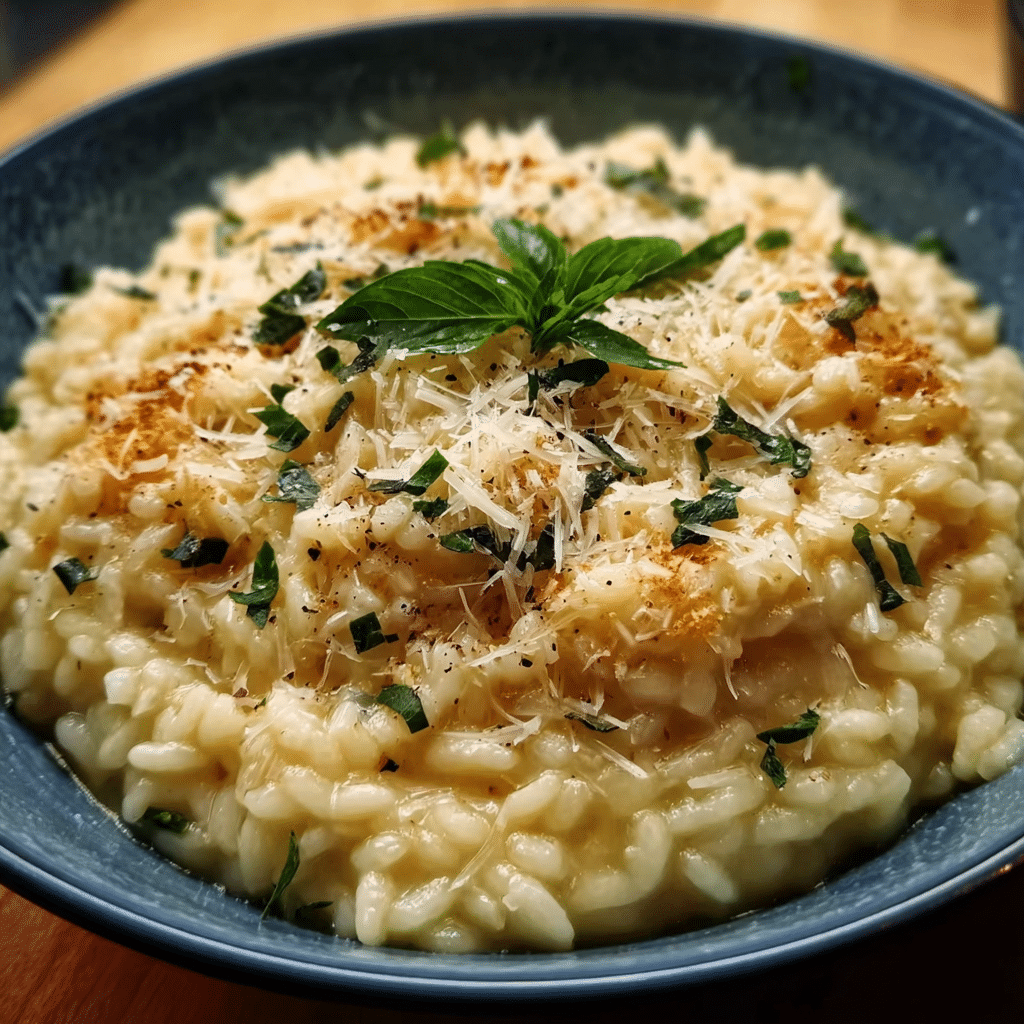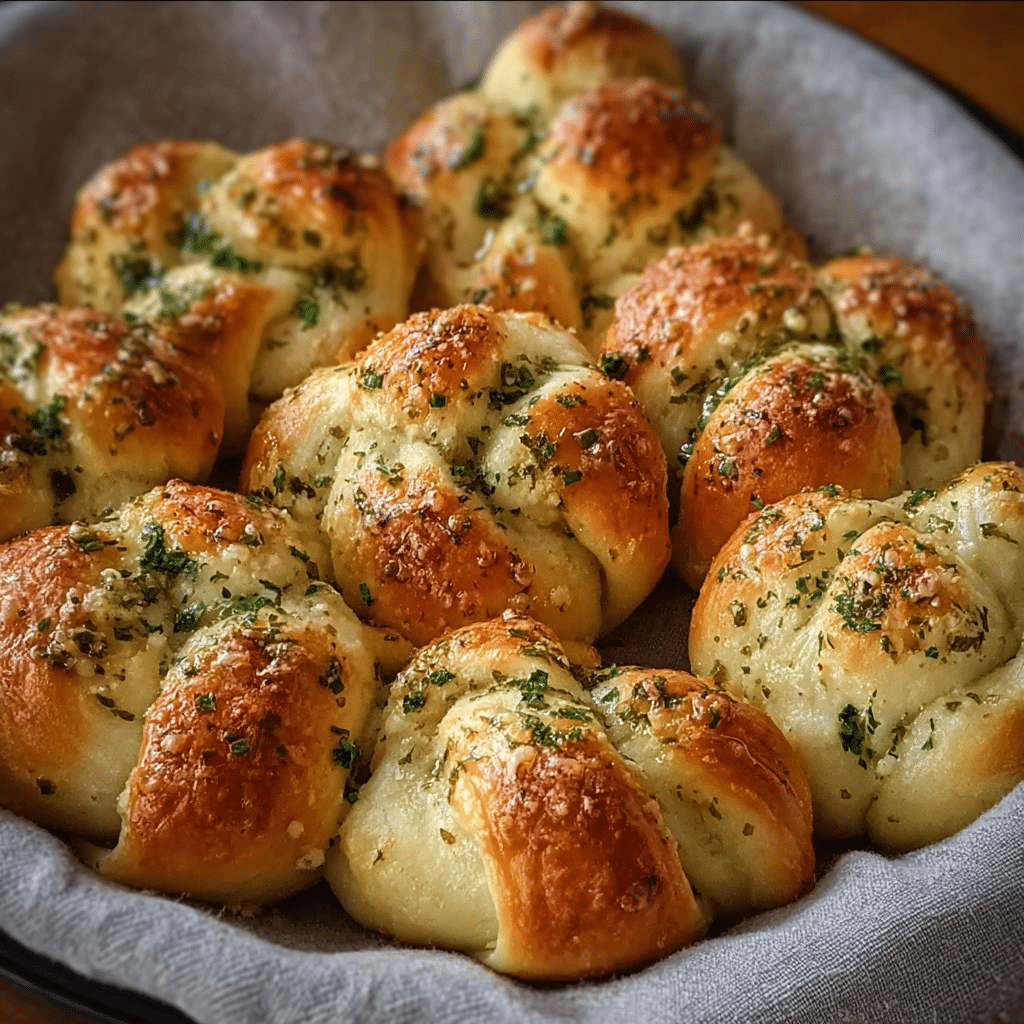Summer corn zucchini is more than just a dish; it’s a celebration of the vibrant flavors and bountiful produce that the warm months bring. I still remember the first time I stumbled upon a recipe for summer corn zucchini chowder. It was a balmy afternoon in late August, and my kitchen was filled with the sweet aroma of fresh corn, the earthy scent of zucchini, and the tantalizing hint of herbs. I had just returned from the local farmer’s market, my bags overflowing with produce that begged to be transformed into something special. That day, I decided to try my hand at a chowder that would not only warm my belly but also capture the essence of summer.

As I chopped the vegetables, I felt a wave of nostalgia wash over me. My grandmother, a master in the kitchen, would often whip up similar dishes during the summer months, using whatever was fresh from her garden. The laughter and chatter of family gatherings echoed in my mind as I recalled how she would serve her creations in large bowls, always encouraging us to go back for seconds. This memory is what makes summer corn zucchini chowder special to me; it’s about more than just the ingredients; it’s about the connections we foster around the dinner table.
The Story Behind This Recipe
Summer corn zucchini chowder has roots that stretch deep into culinary history, drawing influence from various cultures that have embraced the bounty of summer vegetables. The dish finds its origins in the rustic kitchens of New England, where corn and zucchini are staples as the seasons change. Over time, this recipe has evolved, incorporating elements from different regional cuisines, including a dash of spice from Southwestern cooking or a creaminess inspired by French techniques. Each variation tells a story of its own, but at its heart, this chowder remains a comforting, hearty dish perfect for any family.
What makes this recipe distinct is its simplicity and adaptability. It’s a dish that allows home cooks to experiment with flavors while still creating something nourishing and satisfying. For busy families, summer corn zucchini chowder is a lifesaver. It comes together quickly, with minimal prep work and short cooking times. You can have a wholesome dinner on the table in under 30 minutes, making it an ideal choice for those hectic weeknights when everyone is racing from one activity to another.
Seasonally, summer corn zucchini chowder shines when the weather is warm, and fresh corn is at its peak. There’s something magical about using corn that’s just been picked, with its sweetness perfectly complementing the tender zucchini. This chowder is a beautiful way to showcase the produce of summer while still being versatile enough to enjoy year-round. As the seasons change, you can modify the recipe slightly to incorporate autumn vegetables or spices, keeping it relevant and exciting.
My emotional connection to this dish runs deep. It’s more than just a recipe; it’s about creating a moment in time where I can gather my loved ones around the table, share stories, and nourish each other. Whether it’s a casual weeknight dinner or a special occasion, summer corn zucchini chowder has a way of bringing people together, making it a cherished staple in my home. I promise that as you read further, you’ll not only learn how to prepare this delightful chowder but also understand the cultural significance behind it, how to adapt it to your family’s tastes, and why it deserves a place on your dinner table.
The Rich History and Cultural Significance of summer corn zucchini
To truly appreciate summer corn zucchini chowder, we must delve into its rich history and cultural significance. The origins of this dish are as diverse as the ingredients that comprise it. Corn, a staple of many indigenous cultures in the Americas, has been cultivated for thousands of years. Zucchini, on the other hand, hails from Italy, where it became a cherished part of Mediterranean cuisine. The combination of these two ingredients represents a melding of cultures that has been celebrated in American kitchens, especially from late spring through summer when both are in abundance.
Origins and History
Interestingly, chowders themselves have a storied history. The term “chowder” is believed to come from the French word “chaudière,” referring to the pot in which the dish is traditionally cooked. Early versions emerged in coastal communities, where fishermen would combine fresh catch, vegetables, and milk or cream to create a hearty meal. As wave after wave of immigrants arrived in America, they brought with them their culinary traditions, which eventually blended into what we now recognize as chowder.
Summer corn zucchini chowder emerged as a delightful variation, particularly favored in regions with rich agricultural traditions. The unique sweetness of summer corn pairs beautifully with the mild flavor of zucchini, creating a dish that not only nourishes but also delights the palate. Over the years, the recipe has been adapted to suit local tastes, with some adding spices, others opting for a creamy base, and some even infusing it with herbs such as basil or cilantro. Each version tells its own story while paying homage to the ingredients’ origins.
Cultural Significance
This chowder is often associated with summer gatherings, barbecues, and family reunions, where fresh produce takes center stage. In many cultures, food is a way to celebrate community and family, and summer corn zucchini chowder embodies that spirit perfectly. It is often served during festive occasions, potlucks, and picnics, where the vibrant colors and flavors make it a star attraction on any table. The dish transcends cultural boundaries, making it popular in various forms across the United States and beyond.
Famous chefs and restaurants have also contributed to the popularity of chowder, with some even putting their unique spin on summer corn zucchini variants. Chefs in farm-to-table establishments often highlight this dish in their seasonal menus, showcasing locally sourced ingredients that elevate the traditional recipe. Their creative interpretations inspire home cooks to explore their own culinary creativity, proving that this dish is not just a summer staple but a canvas for culinary expression.
Nutritional Benefits
Beyond its delicious taste and cultural significance, summer corn zucchini chowder is also packed with nutritional benefits. Corn is a great source of carbohydrates, providing energy, while zucchini is low in calories and rich in vitamins A and C, making this chowder a healthy option for families. The combination of vegetables in this dish contributes to daily fiber intake, supporting digestion and overall health.
Moreover, this chowder is easily adaptable to cater to various dietary needs. For those looking to reduce calories, you can opt for low-fat dairy or plant-based milk. Vegetarians and vegans can simply skip the cream or use coconut milk for a rich, creamy texture without compromising on flavor. This versatility makes summer corn zucchini chowder not just a dish for summer, but a year-round favorite that can fit into any dietary lifestyle.
In conclusion, summer corn zucchini chowder is not merely a recipe; it is a testament to the beauty of seasonal cooking and the connections forged through food. Its rich history, cultural significance, and nutritional benefits make it a perfect choice for any home cook looking to create something special. As we explore the various ways to prepare and enjoy this dish, we celebrate the bounty of summer and the traditions that bring us together.
Essential Ingredients for Perfect summer corn zucchini
When it comes to crafting a delicious bowl of summer corn zucchini chowder, the ingredients you choose can make all the difference. Each component plays a vital role in creating a symphony of flavors that capture the essence of summer in every spoonful. Let’s dive into the essential ingredients that make up this delightful dish.
Essential Ingredients
- Fresh Corn (4 ears): The star of the show! Fresh corn adds sweetness and a delightful crunch to your chowder. Look for ears with bright green husks and plump kernels. When you peel back the husk, the kernels should be milky and juicy. If possible, buy your corn from local farmers’ markets for the freshest flavor.
- Zucchini (2 medium): Zucchini provides a tender texture and absorbs flavors beautifully. Choose smaller zucchinis that are firm and free of blemishes. You can opt for yellow or green zucchini, or even a mix for visual appeal.
- Onion (1 large): A classic aromatic, onion adds depth and sweetness to the chowder. Sweet onions, such as Vidalia or Walla Walla, can bring a rich flavor to your dish. Ensure your onion is firm and has a papery skin.
- Garlic (3 cloves): Fresh garlic will infuse the chowder with its aromatic goodness. Look for garlic bulbs that are firm and plump, avoiding any that have sprouted or feel soft.
- Potatoes (2 medium): Potatoes lend creaminess and body to your chowder. Yukon Golds are ideal due to their buttery texture, but russets work well too. Choose potatoes that are smooth and without any green spots.
- Vegetable broth (4 cups): A good quality broth sets the foundation for your chowder. Opt for low-sodium vegetable broth to control the salt level in your dish.
- Coconut milk (1 cup): For a creamy texture and a hint of sweetness, coconut milk is a fantastic addition. Choose full-fat coconut milk for richness; shake the can before opening to ensure it’s well mixed.
- Fresh herbs (such as thyme or basil, 1 tablespoon): Fresh herbs elevate the flavors of your chowder. Thyme pairs beautifully with zucchini, while basil adds a fresh pop. Always choose vibrant, fragrant herbs.
- Salt and pepper (to taste): Simple yet essential, seasoning is key. Use kosher salt for a milder flavor and freshly cracked black pepper for a bit of heat.
Shopping Tips
In the peak of summer, when corn and zucchini are in season, take advantage of local farmers’ markets. Not only will you find the freshest produce, but you’ll also support local agriculture. Look for vendors who allow you to taste the corn raw, as sweet, crunchy kernels indicate the corn is at its peak.
When selecting your produce, remember that organic options are often more flavorful and free of pesticides. However, conventional produce can be perfectly fine too; just aim for the freshest options available. If you’re on a budget, consider buying in bulk or looking for sales on produce that’s in season.
Substitutions and Alternatives
If you have dietary restrictions or simply want to experiment, there are plenty of substitutions for this summer corn zucchini chowder. For those avoiding dairy, use almond or oat milk instead of coconut milk. You can also replace the potatoes with cauliflower for a lower-carb option. If you’re not a fan of zucchini, other summer squashes like pattypan or yellow squash can be excellent alternatives.
For a heartier chowder, consider adding some diced bell peppers or carrots. If you’re looking to add protein, cooked beans or shredded chicken can be a great addition, just adjust the cooking time accordingly to ensure everything is cooked through.
Print
Summer Corn and Zucchini Chowder
Ingredients
- 4 strips bacon – cooked, chopped into bits
- 1/2 large yellow onion – diced
- 2 ribs celery – finely diced
- 5 ears corn – cut off from the cob
- 4 cloves garlic – minced
- 5 cup chicken broth – low sodium
- 2 russet potatoes – peeled and cut into 1/4-inch cubes
- 1 1/4 tsp kosher sea salt
- 1/2 tsp ground black pepper
- 1/2 tsp paprika
- 1/2 tsp dried parsley
- 1/4 tsp thyme
- 1/8 tsp cayenne pepper
- 1 large zucchini – cut into quarters lengthwise, then sliced
- 1 large yellow squash – cut into quarters lengthwise, then sliced
- 2 cup half and half – or whole milk
Instructions
-
Set a large Dutch oven or stockpot over medium heat. Add bacon and cook until crisp, about 5 minutes.
-
Add onion and celery, cook for 3 minutes, then add corn and continue cooking for an additional 4 minutes. Add garlic and cook until fragrant, about 1 minute.
-
Pour in chicken broth and turn the heat up to medium-high. Once the mixture is simmering, add the potatoes along with the salt, pepper, paprika, parsley, thyme, and cayenne. Reduce heat to medium and cook for 10 minutes before adding the zucchini and yellow squash.
-
Once the zucchini and yellow squash have been added, cook until the potatoes are fork-tender and the zucchini and squash are fully cooked, about 10-12 minutes.
-
Transfer 2 cups of chowder to a food processor or blender. Puree until silky smooth, about 1-2 minutes. Return the mixture to the pot and add the half and half. Stir to combine, then remove from the heat.
-
Let the chowder sit for 10 minutes before serving.
Storage Tips
For the best flavor, use your fresh ingredients as soon as possible. However, if you need to store them, here are some tips: Corn should be kept in the husk in the fridge and used within a few days for optimal sweetness. Zucchini can last up to a week in the refrigerator, while potatoes should be stored in a cool, dark place. Onions and garlic thrive in a dry environment, away from light.
If you have leftover chowder, it can be stored in an airtight container in the refrigerator for up to five days. The flavors will deepen over time, making it even more delicious when reheated!
Detailed Step-by-Step summer corn zucchini Cooking Instructions
Cooking summer corn zucchini chowder can seem daunting, but with a clear plan and some preparation, it becomes a joyful experience. The process takes about 30 minutes from start to finish, allowing you to enjoy a comforting bowl of chowder in no time.
Preparation Steps
- Mise en Place: Start by gathering all your ingredients. This not only makes the cooking process smoother but also helps you avoid missing any crucial components. Chop your onion, mince the garlic, dice the potatoes, and slice the zucchini into half-moons. If you’re using fresh herbs, chop them now so they’re ready to go.
- Shuck the Corn: Remove the husks and silk from the corn. To make cutting the kernels easier, stand the ear of corn upright in a bowl and slice downwards with a sharp knife. This method catches the kernels and minimizes mess.
- Prep the Broth: If using homemade vegetable broth, heat it up in a separate pot so it’s ready to add to the chowder later. If you’re using store-bought broth, simply keep it nearby for quick access.
Cooking Process
- Sauté Aromatics: In a large pot or Dutch oven, heat a tablespoon of olive oil over medium heat. Add the chopped onion and sauté until translucent, about 5 minutes. Then, add the minced garlic and sauté for an additional minute until fragrant. Be careful not to burn the garlic, as it can turn bitter.
- Add Vegetables: Next, add the diced potatoes and zucchini to the pot. Stir everything together, allowing the vegetables to cook for about 3-4 minutes, softening them slightly. The vibrant colors will remind you of summer!
- Incorporate Corn: Now it’s time to add the star of the chowder, the fresh corn. Stir in the kernels and allow them to mingle with the other vegetables for another 2 minutes.
- Pour in Broth: Carefully add the vegetable broth to the pot, stirring to combine. Bring the mixture to a gentle boil, then reduce the heat to a simmer. This simmering step is crucial as it allows the flavors to meld beautifully.
- Add Coconut Milk: After about 10 minutes of simmering, add the coconut milk to the pot. This will give your chowder a creamy richness. Stir well and let it simmer for another 5-7 minutes until the potatoes are tender.
- Season to Taste: At this point, add salt and pepper to taste. This is your chance to adjust the seasoning based on your preference. Feel free to add a touch of fresh herbs as well for added flavor.
Final Assembly
- Blend (Optional): For a creamy texture, use an immersion blender to puree part of the chowder. This step is optional; you can blend to your desired consistency. If you prefer a chunkier chowder, feel free to skip this step.
- Garnish and Serve: Once everything is well combined and heated through, serve your summer corn zucchini chowder hot. Garnish with fresh herbs or a drizzle of olive oil for a beautiful presentation. Enjoy with crusty bread or a fresh salad!
- Storage: If you have leftovers, let the chowder cool completely before transferring it to an airtight container. Refrigerate for up to five days; it gets even more flavorful as it sits!
Cooking summer corn zucchini chowder is not just about following a recipe; it’s about enjoying the process and savoring the beautiful ingredients that summer has to offer. So gather your fresh produce, turn on your favorite tunes, and enjoy the art of cooking!
Professional Tips and Techniques for summer corn zucchini
The delightful combination of summer corn and zucchini is a staple of warm-weather cooking, and mastering the art of crafting a perfect summer corn zucchini chowder can elevate your culinary skills. Whether you’re a novice in the kitchen or a seasoned pro, this guide is designed to provide you with essential tips and techniques to create a chowder that’s not only delicious but also visually appealing.
Professional Techniques
When it comes to making summer corn zucchini chowder, there are several professional techniques that can significantly enhance the dish. First and foremost, the quality of your ingredients is paramount. Using fresh, in-season corn and zucchini will yield the best flavor. If you have access to a local farmer’s market, it’s worth the trip to pick up your ingredients directly from the source.
Another key technique is how you prep your vegetables. For instance, when cutting your zucchini, consider using a mandoline slicer for uniform thickness. This ensures that the zucchini cooks evenly, providing a tender bite without turning mushy. When you cut the corn off the cob, use a sharp knife and a bowl to catch the kernels for ease and to prevent mess. You can also place the cob vertically in a bowl to catch the kernels as you slice down. This not only makes the process cleaner but also allows you to utilize the cob later for added flavor in your chowder.
When it comes to the chowder itself, sautéing your vegetables in a bit of olive oil or butter before adding the broth is a technique that adds depth of flavor. This process, known as “sweating,” allows the natural sugars in the vegetables to caramelize slightly, enhancing the overall taste of the dish. Don’t rush this step; taking your time can make a world of difference.
Troubleshooting Guide
Even experienced cooks can run into issues when making chowder. One common problem is achieving the perfect texture. If your chowder turns out too thick, simply thin it out with some additional vegetable or chicken broth. Conversely, if it’s too thin, a quick fix is to mix a tablespoon of cornstarch with cold water and stir it into the chowder, allowing it to cook for a few more minutes until thickened.
Another issue could be the balance of flavors. If your chowder tastes flat, try adding a splash of acid, such as lemon juice or a dash of vinegar, which can brighten the dish. Conversely, if it’s too salty, a diced potato can absorb some of the excess salt as it cooks. Remember, seasoning should be done gradually throughout the cooking process rather than all at once.
Presentation Tips
Presentation can elevate your chowder from simple to sophisticated. A sprinkle of fresh herbs like cilantro or basil adds color and freshness, while a drizzle of cream or olive oil can provide a beautiful finish. Consider serving the chowder in rustic bread bowls for a charming touch. The bread not only adds to the aesthetic but also complements the flavors of the chowder as it soaks up the soup.
If you’re hosting a dinner party, consider garnishing each bowl with a few grilled shrimp or a dollop of crème fraîche for added indulgence. A side of homemade cornbread or a crisp salad can round out the meal beautifully. Pair your chowder with a chilled white wine, such as a Sauvignon Blanc, which complements the sweetness of the corn and the freshness of the zucchini.
For meal prep, make-ahead strategies can save time during busy weeks. You can chop your vegetables in advance and store them in airtight containers in the fridge. The chowder itself can be made ahead of time and stored in the refrigerator for up to three days, or frozen for longer storage. Just be sure to reheat gently to prevent curdling if you’ve used cream in the chowder.
Finally, scaling the recipe up or down is quite simple. If you’re cooking for a crowd, doubling the recipe is straightforward, but keep in mind that you may need to adjust the cooking time slightly. Conversely, if you’re cooking for one or two, cutting the recipe in half is just as easy, and leftovers can be stored for quick lunches throughout the week.
Creative Variations and Adaptations of summer corn zucchini
One of the beautiful things about summer corn and zucchini chowder is its versatility. With a few creative variations, you can adapt this classic dish to suit different tastes, dietary needs, and seasonal ingredients. Let’s explore some exciting adaptations that will keep this chowder fresh and exciting each time you make it.

Seasonal Variations
While summer corn and zucchini are the stars of this chowder, consider incorporating other seasonal vegetables as they come into season. In the fall, you might swap in sweet potatoes or butternut squash for added sweetness and heartiness. In the spring, fresh peas or asparagus can lend a delightful crunch and vibrant color.
For a bit of a twist, try adding diced tomatoes in the summer for a hint of acidity and color. You can also play with herbs depending on the season; fresh basil in the summer or thyme in autumn can add a whole new dimension to your chowder. Don’t be afraid to experiment with what you have on hand—this chowder is incredibly forgiving!
Dietary Adaptations
Health-conscious cooks will appreciate the adaptability of this chowder to meet various dietary needs. For those following a vegan diet, substitute vegetable broth for chicken broth and use coconut milk or cashew cream instead of dairy to maintain creaminess. You can also add legumes like chickpeas or lentils for protein, making it a filling and nutritious option.
For a keto-friendly version, reduce the amount of corn, which is higher in carbohydrates, and add more zucchini or cauliflower. You can thicken the chowder with cream cheese or heavy cream to maintain that rich texture. Gluten-free eaters can rest easy knowing that this chowder is naturally gluten-free, but always check the labels of any packaged ingredients.
Creative Twists
Don’t be afraid to add a bit of flair to your chowder by infusing it with international flavors. A Southwest-inspired version could include black beans, corn, and diced jalapeños, topped with avocado and cilantro for a refreshing kick. Alternatively, a Thai-inspired chowder with coconut milk, lime, and a hint of red curry paste can transport your taste buds to another world.
If you have leftover chowder, get creative! Transform it into a pasta sauce by tossing it with cooked noodles, or use it as a filling for stuffed peppers or quesadillas. The possibilities are endless, and it’s a wonderful way to minimize food waste while enjoying a new meal.
Another fun idea is to change the cooking method. While stovetop cooking is traditional, consider using a slow cooker for a hands-off approach. Simply toss all your ingredients into the slow cooker and let it do the work for you. You can also roast the corn and zucchini in the oven before adding them to the chowder for a deeper, caramelized flavor profile.
In conclusion, the summer corn zucchini chowder is a canvas for your culinary creativity. With a few simple adjustments, you can tailor this dish to fit the season, dietary preferences, and your personal taste. Embrace the process of experimentation, and you’ll find that each bowl of chowder can tell a unique story—one of flavor, warmth, and delightful memories.
Storage, Reheating, and Meal Prep for summer corn zucchini
When it comes to savoring the flavors of summer corn zucchini chowder, knowing how to store, reheat, and meal-prep this delightful dish can significantly enhance your cooking experience. After all, who doesn’t want to relish the sweet, creamy goodness of summer corn and zucchini long after the last spoonful has been enjoyed? In this section, we will explore the ins and outs of storing and reheating your chowder, ensuring it remains just as delicious as the day you made it.
Short-term Storage
After whipping up a pot of summer corn zucchini chowder, it’s essential to store it properly to maintain its freshness. If you’re planning to enjoy your chowder within a few days, refrigeration is your best bet. Start by letting the chowder cool to room temperature—this step is crucial as placing hot food directly into the fridge can raise the overall temperature inside, potentially spoiling other items.
Once cooled, transfer your chowder into airtight containers. Glass containers are an excellent option as they don’t absorb odors and can be microwaved safely. If you’re using plastic containers, ensure they are BPA-free and labeled as microwave-safe. Portioning your chowder can also be beneficial; consider packing individual servings, which makes for easy lunches or quick dinners throughout the week.
In general, summer corn zucchini chowder can be safely stored in the refrigerator for about 3 to 5 days. However, always check for signs of spoilage such as an off smell or unusual texture before consuming.
Freezing and Long-term Storage
If you want to keep your summer corn zucchini chowder for an extended period, freezing is the way to go. Freezing not only preserves flavor but also retains the nutrients found in the fresh vegetables. To freeze your chowder, start by allowing it to cool completely. Just as we did for short-term storage, this is important to avoid condensation that can lead to freezer burn.
Next, transfer the cooled chowder into freezer-safe containers or heavy-duty freezer bags. If using bags, try to remove as much air as possible before sealing; this helps prevent freezer burn and ensures a better texture upon reheating. Label your containers or bags with the date and contents, so you know what you have when you’re scouring your freezer for a quick meal.
Summer corn zucchini chowder can be frozen for up to 3 months. When you’re ready to enjoy it, simply transfer it to the refrigerator to thaw overnight before reheating. For those who are in a rush, you can also thaw it in the microwave using the defrost setting, but be sure to monitor it closely to prevent cooking.
Reheating Best Practices
Reheating your chowder can be an art form—it’s important to do it in a way that preserves the creamy texture and vibrant flavors of the original dish. The stovetop is the best method for reheating, as it allows for even heating and better control over the temperature. Pour your chowder into a saucepan and heat it over medium-low heat, stirring occasionally. If you find the chowder has thickened too much, you can add a splash of vegetable or chicken broth, or even a little milk or cream to loosen it back up.
Alternatively, you can use the microwave for a quicker option. Transfer the chowder into a microwave-safe bowl, cover it loosely (to prevent splatters), and heat it in short intervals—about 1 minute at a time—stirring in between until it reaches your desired temperature. This method is convenient, but be cautious, as microwaving can sometimes lead to uneven heating or a rubbery texture if overheated.
When reheating, always ensure the chowder reaches an internal temperature of 165°F (74°C) to ensure food safety. If you have any leftovers after reheating, it’s best to avoid reheating them again to maintain quality.
Meal prep is a fantastic strategy to save time and ensure you can enjoy your summer corn zucchini chowder throughout the week. Consider making a larger batch over the weekend and portioning it out for lunches and dinners. This way, you can enjoy the convenience of a homemade meal without the daily cooking commitment.
As with any food storage practice, always keep food safety in mind. Avoid leaving chowder out at room temperature for more than two hours, and ensure that your refrigerator is set at or below 40°F (4°C) to keep your food safe. By following these storage, reheating, and meal prep tips, you can enjoy the deliciousness of summer corn zucchini chowder whenever the craving strikes!
Nutritional Benefits and Health Information
When it comes to summer corn zucchini chowder, not only is this dish a delight for your taste buds, but it also offers an impressive array of nutritional benefits. This section will delve deep into the healthful ingredients that make up this chowder, providing insight into its nutritional profile, health benefits, and dietary considerations.
Nutritional Profile
To truly appreciate the goodness of summer corn zucchini chowder, it’s essential to break down its components. The main ingredients typically include fresh corn, zucchini, onions, garlic, potatoes, and a creamy base, often made from dairy or a dairy alternative. Each of these ingredients contributes to the chowder’s overall nutritional value. For instance, one cup of summer corn zucchini chowder generally contains:
- Calories: Approximately 200-250 calories, depending on the recipe.
- Carbohydrates: Around 30-35 grams, primarily from the corn and potatoes.
- Protein: Roughly 5-7 grams, which can be increased by adding beans or lean meats.
- Fats: About 7-10 grams, largely from the cream or butter used.
In terms of vitamins and minerals, this chowder is a powerhouse. It is rich in Vitamin C, particularly from the corn and zucchini, which supports immune function and skin health. The potassium content from the potatoes contributes to heart health and helps regulate blood pressure. Furthermore, summer corn zucchini chowder is a good source of dietary fiber, aiding digestion and contributing to satiety.
Health Benefits
Beyond just numbers, the health benefits of the ingredients in summer corn zucchini chowder are numerous. For instance, corn is high in antioxidants, particularly lutein and zeaxanthin, which are beneficial for eye health. Zucchini, on the other hand, is low in calories but high in water content, making it an excellent choice for hydration and weight management.
Moreover, the creamy base of the chowder can be made healthier by opting for low-fat or plant-based alternatives, such as coconut milk or almond milk, which can reduce saturated fat while still providing a rich texture. This adaptability makes summer corn zucchini chowder an excellent option for those seeking lighter meals without sacrificing flavor.
Adding fresh herbs like basil or parsley not only enhances the flavor but also contributes additional nutrients and antioxidants, further boosting the health benefits of the dish.
Dietary Considerations
When preparing summer corn zucchini chowder, dietary considerations can be tailored to accommodate various preferences and restrictions. For those following a vegetarian or vegan diet, substituting dairy with plant-based alternatives, such as cashew cream or coconut milk, can achieve a similar creamy texture without the use of animal products.
For gluten-sensitive individuals, this chowder is naturally gluten-free, making it a safe choice. Additionally, the chowder can be made heartier by incorporating protein-rich ingredients such as beans or lentils, which can also appeal to those following a plant-based diet.

Those watching their caloric intake can enjoy summer corn zucchini chowder without guilt, as it can easily be modified to reduce fat and calories while still being satisfying. Consider using vegetable broth instead of cream and increasing the vegetable content for a nutrient-dense, lower-calorie option.
As with any dish, moderation is key. While summer corn zucchini chowder can be a nutritious meal, balance it with a variety of foods in your diet to ensure you’re getting a wide range of nutrients.
In conclusion, summer corn zucchini chowder is not only a comforting and delicious meal but also a nutritious choice that fits well into various dietary lifestyles. With its vibrant ingredients and adaptable nature, this chowder can be enjoyed by everyone, providing a taste of summer that warms the soul any time of year.
Frequently Asked Questions About Summer Corn Zucchini
What is a healthy summer corn and zucchini chowder recipe?
A healthy summer corn and zucchini chowder can be made by using fresh vegetables and low-fat ingredients. Start by sautéing onions and garlic in a small amount of olive oil for added flavor without excess calories. Use fresh corn kernels, zucchini, and low-sodium vegetable broth as the base. To enhance creaminess without heavy cream, consider blending a portion of the chowder with a blender and stirring it back in, or add in some pureed white beans. Don’t forget to season with fresh herbs like basil or thyme for a burst of flavor while keeping it healthy.
How can I cook a fast summer corn and zucchini chowder?
To cook a fast summer corn and zucchini chowder, start by prepping all your ingredients beforehand. Use canned corn or frozen corn to save time, and cut the zucchini into small, even pieces to ensure quick cooking. Begin by heating a pot over medium heat and adding a tablespoon of olive oil, then sauté onions and garlic until translucent. Add the corn, zucchini, and broth, and bring to a simmer for about 10-15 minutes. For an even quicker version, consider using an immersion blender to blend the chowder to your desired consistency right in the pot, cutting down on cleanup time.
Can I make a chicken corn and zucchini soup?
Yes, you can easily make a chicken corn and zucchini soup by adding cooked chicken to your chowder base. Start by cooking diced chicken breast in a pot until golden brown, then remove and set aside. In the same pot, sauté onions and garlic, followed by adding corn, zucchini, and chicken broth. Once the vegetables are tender, stir the cooked chicken back into the soup, and season with your choice of herbs like thyme or parsley to enhance the flavor. This adds protein to your meal while keeping it light and nutritious.
What are some tips for making a delicious summer corn soup?
To make a delicious summer corn soup, focus on using the freshest corn available, as it significantly enhances the flavor. Start by grilling or roasting the corn for a few minutes to caramelize the sugars, giving the soup a deeper flavor profile. Blend half of the soup for a creamy texture while leaving some whole corn and vegetable pieces for added bite. Enhance the flavor with spices like smoked paprika or cayenne pepper for a subtle kick. Finally, finish the soup with a drizzle of high-quality olive oil or a dollop of sour cream for richness.





